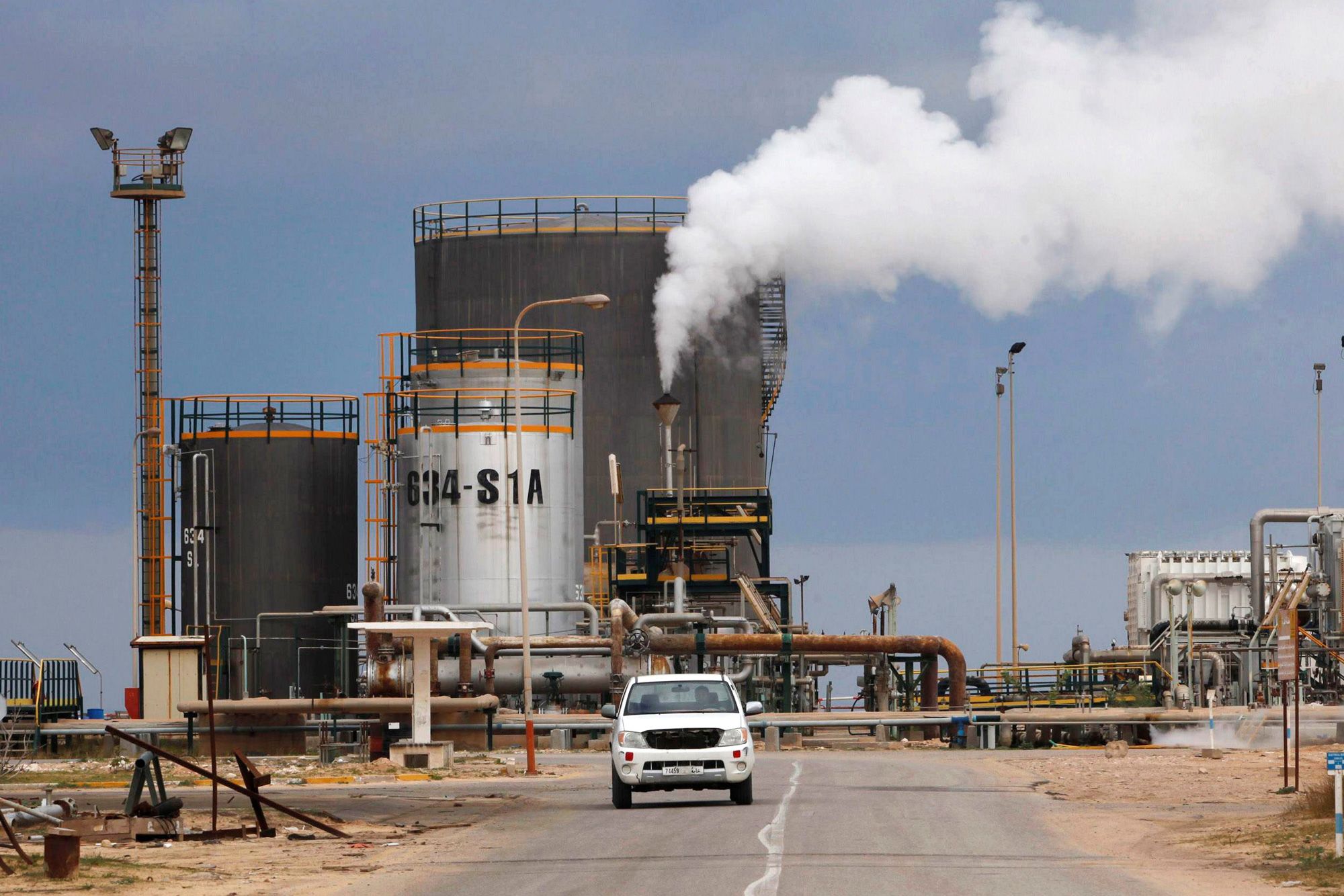Libya could mark next major supply shock, analysts warn

[ad_1]
A fighter loyal to the Libyan internationally-recognised Government of National Accord (GNA) fires a Kalashnikov rifle during clashes against forces loyal to strongman Khalifa Haftar, on May 21, 2019 in the Salah al-Din area south of the Libyan capital Tripoli.
MAHMUD TURKIA | AFP | Getty Images
Energy market investors are “clearly” underestimating the potential impact of sustained fighting in Libya, analysts told CNBC on Wednesday. It comes as the country’s intensifying conflict threatens to almost completely wipe-out the OPEC producer’s oil supply.
Libya has been gripped by a sustained resurgence of fighting since early April, when rebel forces loyal to renegade General Khalifa Haftar — who effectively controls the country’s breakaway east — launched a surprise offensive against the home of Libya’s UN-recognized government.
The fighting has killed at least 460 people, with more than 2,400 injured and 75,000 others forced out of their homes.
Haftar reportedly ruled out a ceasefire on Sunday, with his Libyan National Army (LNA) locked in battle to take Tripoli from fighters loyal to Prime Minister Fayez al-Serraj’s Government of National Accord (GNA).
Oil output disruption in the country depends very much on how the fighting around Tripoli evolves.
“Diplomatic efforts to find a political solution to the unrest have so far proved futile. In other words, armed factions will continue to fight for legitimacy, control and, crucially, a share of Libya’s oil wealth,” Stephen Brennock, oil analyst at PVM Oil Associates, said in a research note published Wednesday.
“The security situation is deteriorating and with Libya lurching from one crisis to another, conditions are increasingly ripe for a supply shock,” Brennock said.
95% of Libya’s oil sector at risk
The North African country of 6.4 million has been struggling to rebuild its energy industry since its 2011 revolution that ousted long-time leader Moammar Gadhafi and the ensuing collapse in central power.
The prospect of renewed fighting in the country’s capital city has underscored the OPEC producer’s importance to oil markets and the fragility of its supply.
At present, Libya’s oil patch does not appear to have been significantly impacted by the recent flare-up in conflict.
In fact, the country’s crude production actually increased by 71,000 barrels per day (b/d) to 1.176 million b/d in April, according to OPEC-surveyed secondary sources.
Earlier this month, Mustafa Sanalla, the head of Libya’s National Oil Corporation (NOC), warned continued violence could wipe-out 95% of the country’s oil sector.
“I think what the head of the NOC was saying there is: ‘If it goes, it will all go,'” Paul Horsnell, global head of commodities at Standard Chartered, told CNBC via phone on Wednesday.
Horsnell said investors were “clearly ignoring” Sanalla’s warning, with the risk of an almost total wipe-out of Libya’s crude supply not currently priced in to markets.
International benchmark Brent crude traded at around $68.44 Wednesday afternoon, down more than 2.4%, while U.S. West Texas Intermediate (WTI) stood at $57.61, more than 2.6% lower.
“I think we are in a kind of half-world, where we have seen a serious escalation but that hasn’t yet turned into a full-blown civil war,” Horsnell said.
Libya in the 1970s was pumping 3 million b/d. Before the 2011 NATO intervention that helped oust Gadhafi, it was producing 1.6 million bpd.
The country’s population sits above the largest proven oil reserves in Africa, but benefit practically nothing from them. The UN estimates about 40 percent of the country lives below the poverty line.
— CNBC’s Natasha Turak contributed to this report.
Source link





